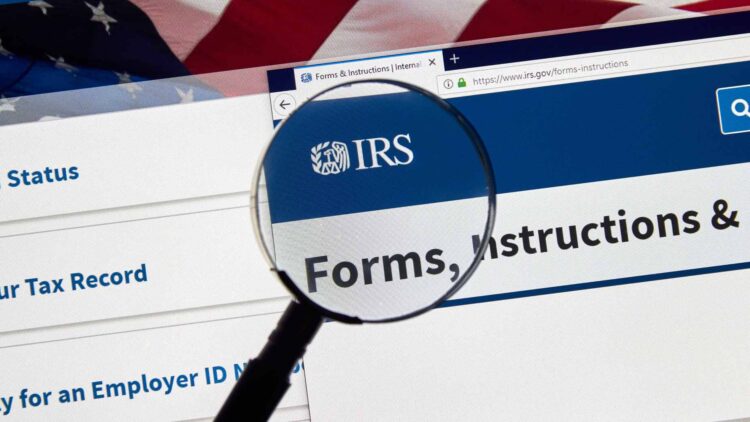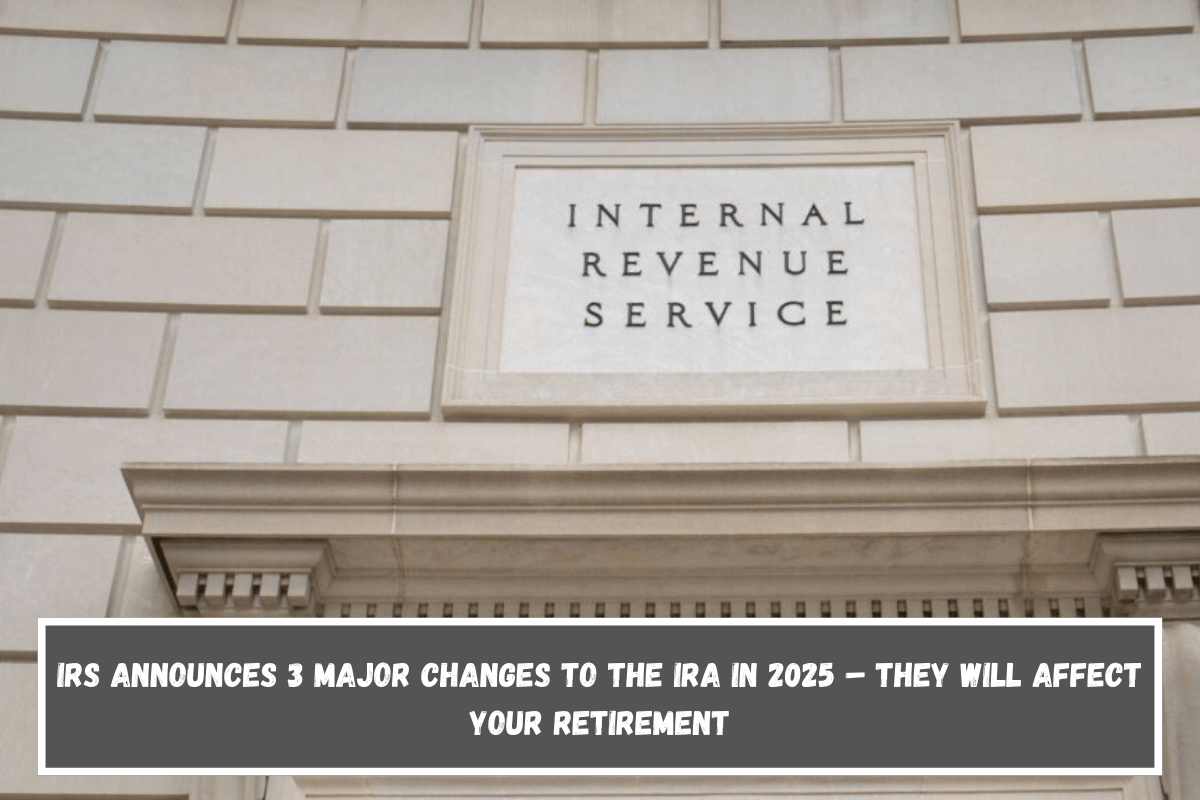How you handle your retirement savings will have a big impact on how much money you can spend in your last years. Unexpected events can, of course, wipe out your savings, but for the vast majority of people, careful planning is all they need to have a good retirement.
This is why it’s important to know about any changes the Internal Revenue Service (IRS) might make to the rules for retirement contributions. That way, you can get the most tax breaks, save more for retirement, and avoid getting tax bills you didn’t expect.
1. New IRS 10-year rule for inherited IRAs
If you’ve been putting money into a 401(k), regular IRA, or Roth IRA for your whole life, taking the money out can feel like whiplash. And the fact that it’s not easy makes things even worse.
For now, required minimum distributions (RMDs) start at age 73 for most people if it is their own account. This is the first thing you should know. There are different rules that apply when the account is passed down from parent to child.
Most people who don’t have a partner who inherit an IRA will have to follow a new “10-year rule” for required minimum distributions (RMDs) starting in 2025. In some cases, like when someone is permanently disabled, this won’t apply, but in most cases, the money in the account should be taken out every year so that the account is empty within 10 years of the death of the original account owner.
This affects the heirs’ taxes because they can’t wait until the 10th year to take out the money like they could before. They now have to deal with a higher taxed income.
If you don’t take the money out of your account on time for your RMDs, the IRS will fine you. That’s the only thing that hasn’t changed about them. A 25% fine on the amount that should have been taken will be given. The amount will also need to be withdrawn and taxes will be paid on it. If the mistake is fixed within the first two years, the fine may be lowered to 10%, but care must be taken.

2. Bigger catch-up contributions for people aged 60-63
Most people aren’t close to saving enough for a comfortable retirement, and making big contributions at the start of a job can be hard because of low pay and other financial obligations. That’s why the IRS has a program to help people aged 50 and up. “Catch-up contributions” let people in this group put extra money into their 401(k)s and IRAs every year.
People between the ages of 60 and 63 can now make even bigger catch-up contributions to any workplace retirement plans. They can do so by putting in $10,000 or 150% of the regular catch-up contribution cap, whichever amount is higher for them.
From 2025 on, the maximum amount you can put in will be linked to inflation. This will let people aged 50 and up put in more money to better reflect changes in the cost of living.
3. New IRA contribution limits for 2025 (possibly)
The IRS changes the maximum amount that can be put into a retirement plan every year, but they haven’t announced the limit for 2025 yet. You can put up to $7,000 into a standard or Roth IRA right now for 2024. If you are 50 or older, you get an extra $1,000 as a catch-up payment.
We already told you that this will change for people 60 to 63 years old. It has been said that the ceiling for 2025 could stay at $7,000 or go up, but there has been no official word yet.
Also See:- New dollar bills announced for all US – This is the date when everything will change















Leave a Reply